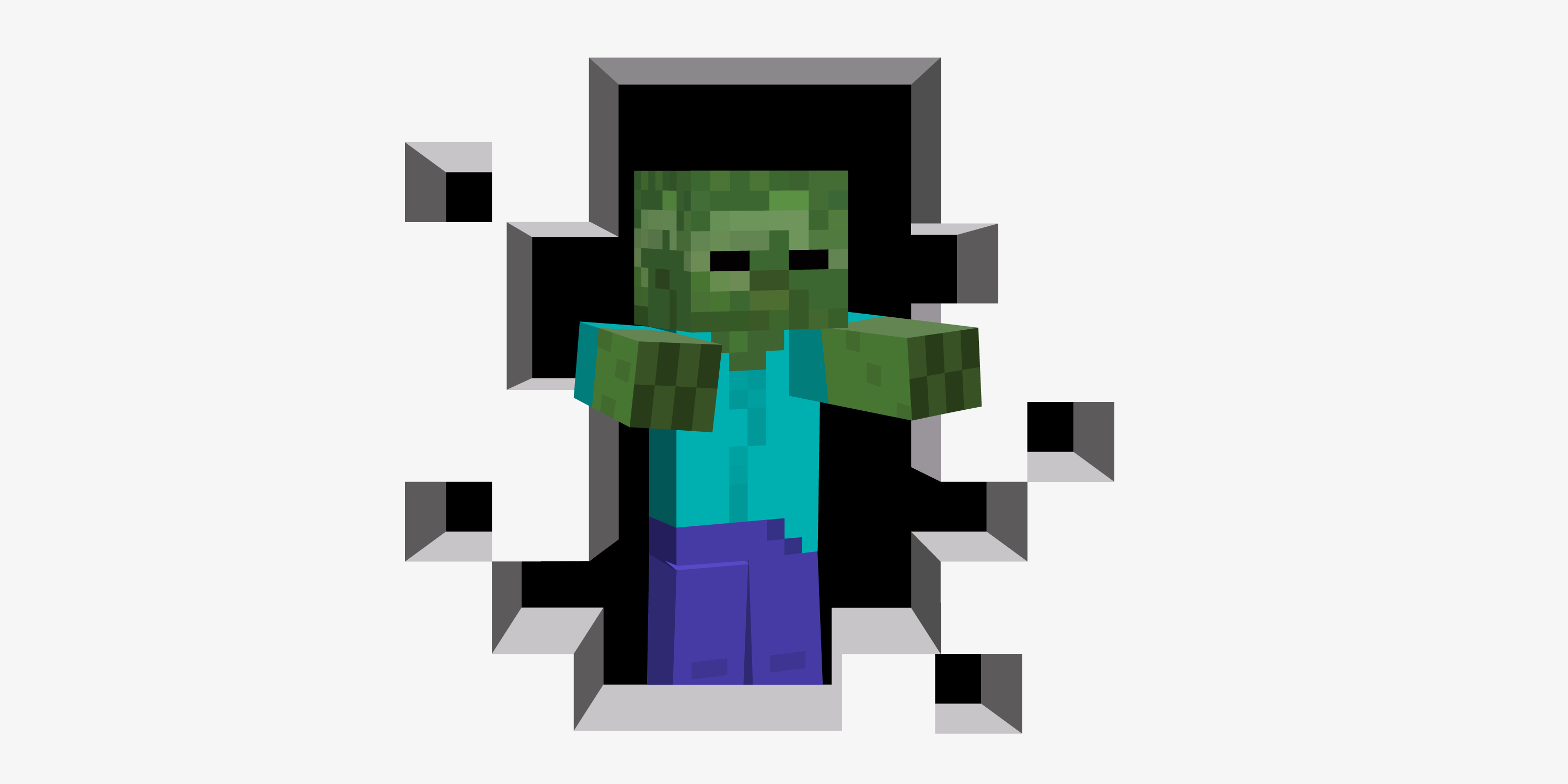Minecraft server made to run on 63-year-old, pre-x86 COBOL coding language

This week, another great milestone in the field of running Minecraft in unexpected ways has been met— this time, courtesy of the open-source CobolCraft project, we have a version of server Minecraft with most of its functionality intact that's running on GnuCOBOL, which is derived from the pre-x86 COBOL coding language initially standardized in 1968 and designed in 1959.
COBOL's roots start as a Department of Defense-funded effort to make a highly readable coding language optimized for business workloads and cross-platform, cross-architecture stability and performance. Newer languages are obviously far more powerful and diverse, but updates to COBOL over time have slowly improved this legacy language's modern usability, and CobolCraft highlights just how much can work with COBOL.
The greatest advancement in modern COBOL updates was likely in the COBOL 2002 version of the standard— per IBM's coverage, this iteration adds several object-oriented features and other "advanced programming paradigms" to the language that improve current-gen compatibility. This legacy programming language can still be seen in modern mainframes and is so popular in the private and government sectors alike that COBOL coders remained in high demand at the peak of 2020's unemployment wave.
The version of COBOL utilized by CobolCraft, GnuCOBOL, is a Linux-targeted version of COBOL written in C (with a C++ branch) based on the COBOL 2014 standard. This should mean that those more critical interoperability features are already intact within the version of COBOL being used here, which should help CobolCraft accomplish most functions needed to run a Minecraft server without issue.
Per the official GitHub page, most core features are "already working". These include infinite terrain generation, persistent world and player data, existing world import support, multiplayer with up to 10 players, breaking and placing blocks, block interactions, and typical multiplayer features like chatting, whitelists, console commands, and showing ping / server status.
The CobolCraft documentation notes that "blocks with multiple states, orientations, or interactive blocks require large amounts of specialized code to make them behave properly," but "some are supported."
The most essential interactive features, like torches, slabs, doors, trapdoors, and beds are all fully-functional. However, other objects are only functional in limited form, like non-interactive buttons— which means that the most grand-scale technical achievements within Minecraft via Redstone construction aren't really feasible here. That's not exactly standard gameplay, though, so many players could still have a good experience without the features needed to make a functioning calculator or PC within Minecraft.
Get Tom's Hardware's best news and in-depth reviews, straight to your inbox.

Christopher Harper has been a successful freelance tech writer specializing in PC hardware and gaming since 2015, and ghostwrote for various B2B clients in High School before that. Outside of work, Christopher is best known to friends and rivals as an active competitive player in various eSports (particularly fighting games and arena shooters) and a purveyor of music ranging from Jimi Hendrix to Killer Mike to the Sonic Adventure 2 soundtrack.
-
hwertz Pure madness! I love it! I took a COBOL class in college (we used Fujitsu COBOL) and, what can I say. this is quite an achievement. COBOL still internally views files as a stack of punch cards so some of the coding is probably quite 'interesting',Reply